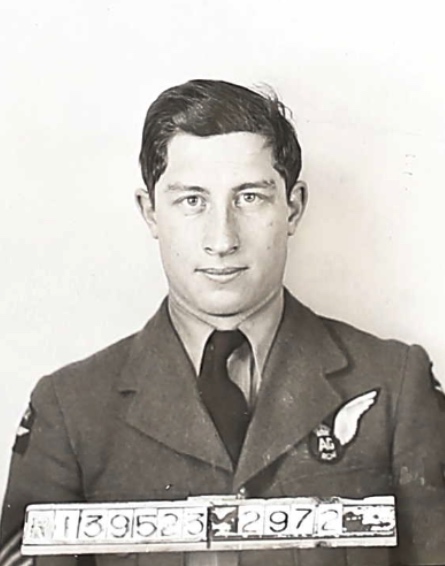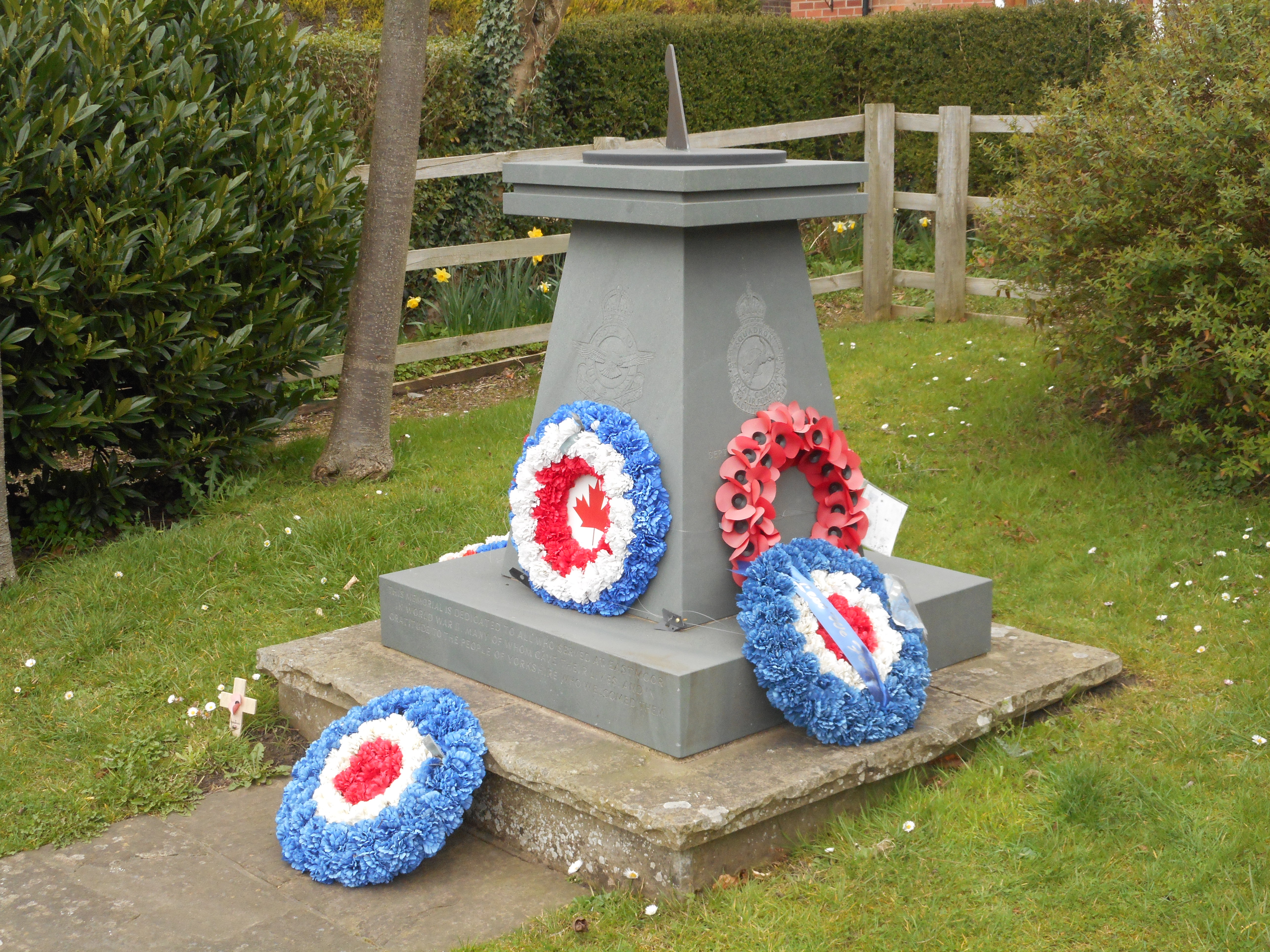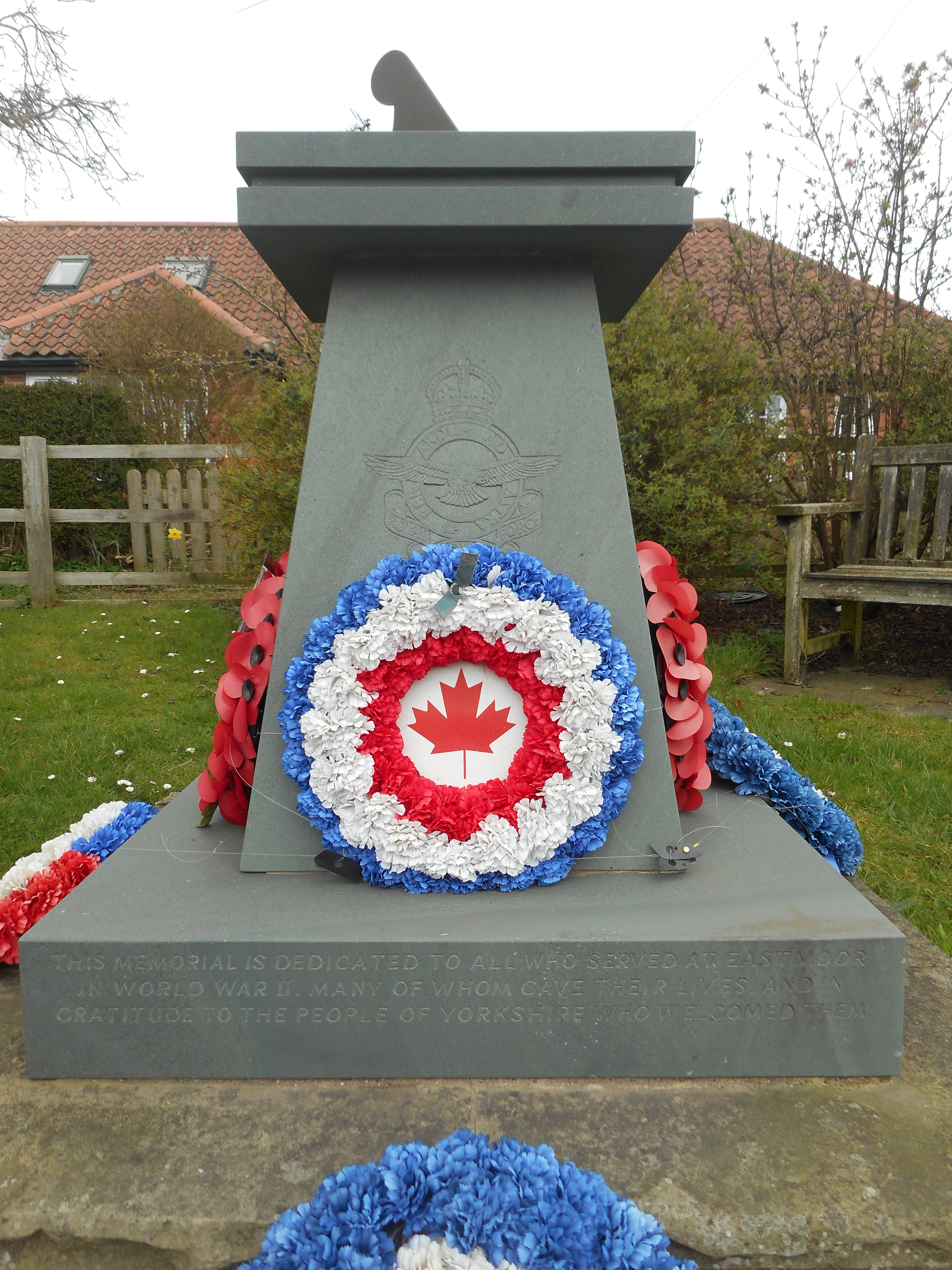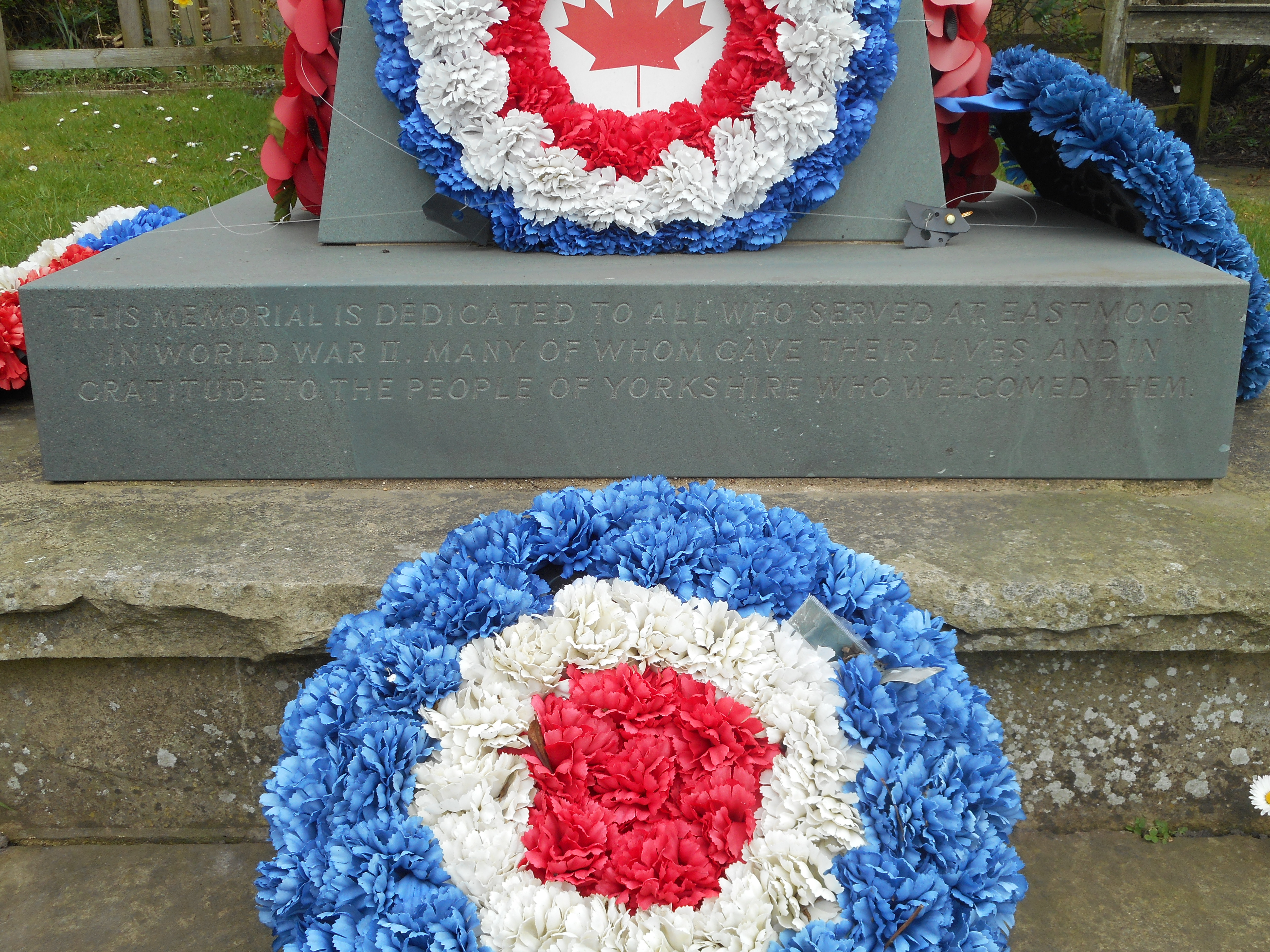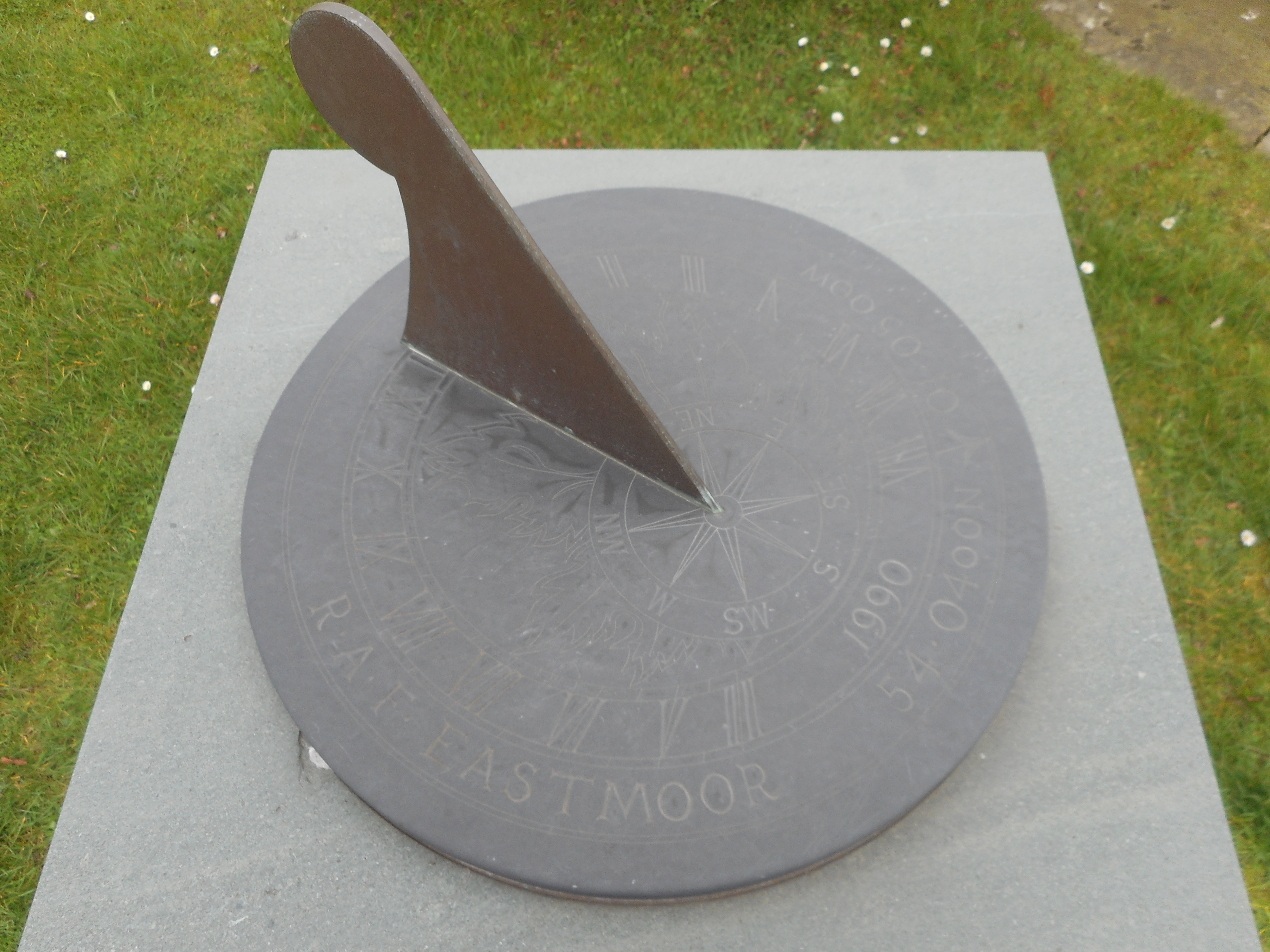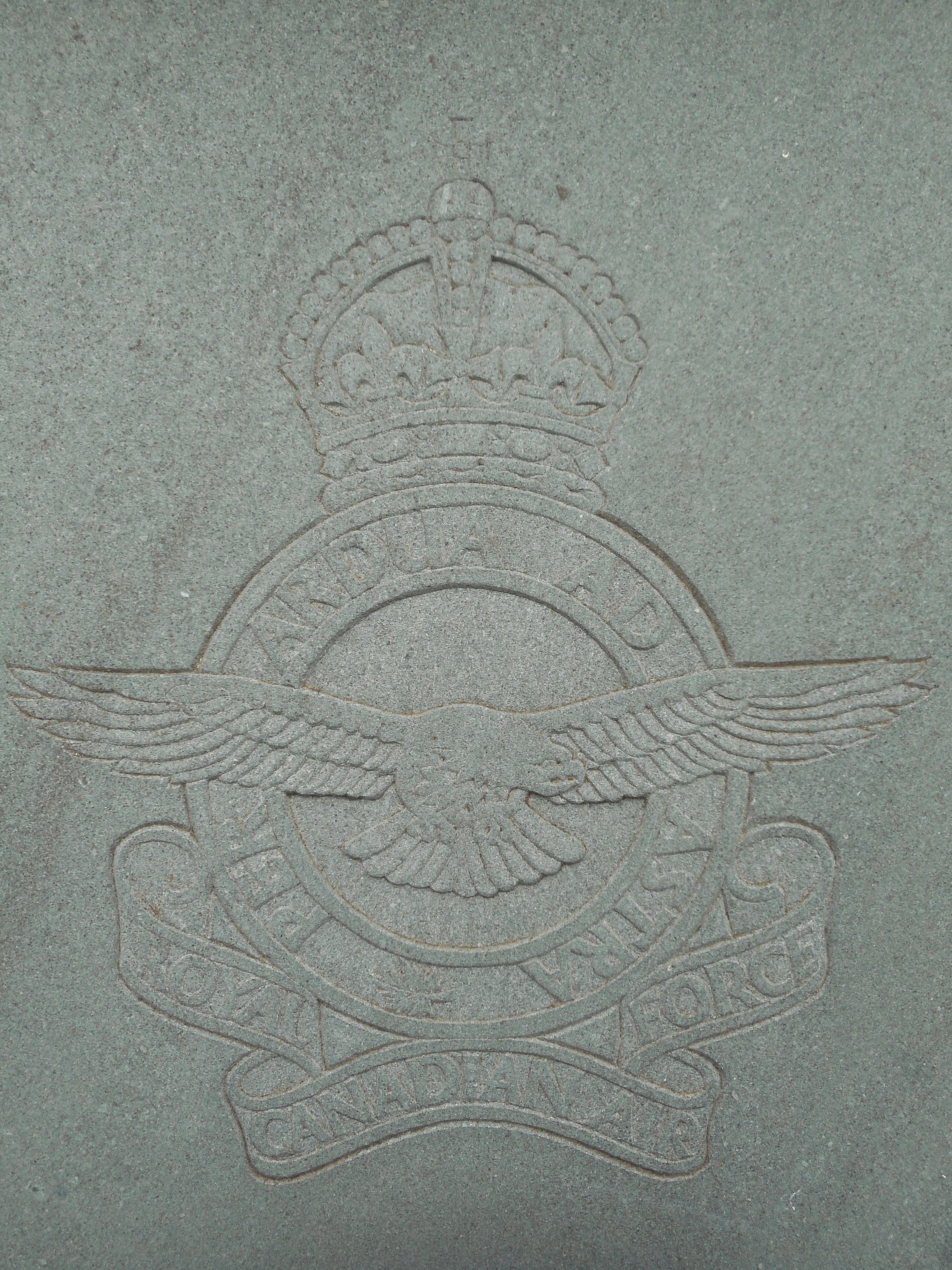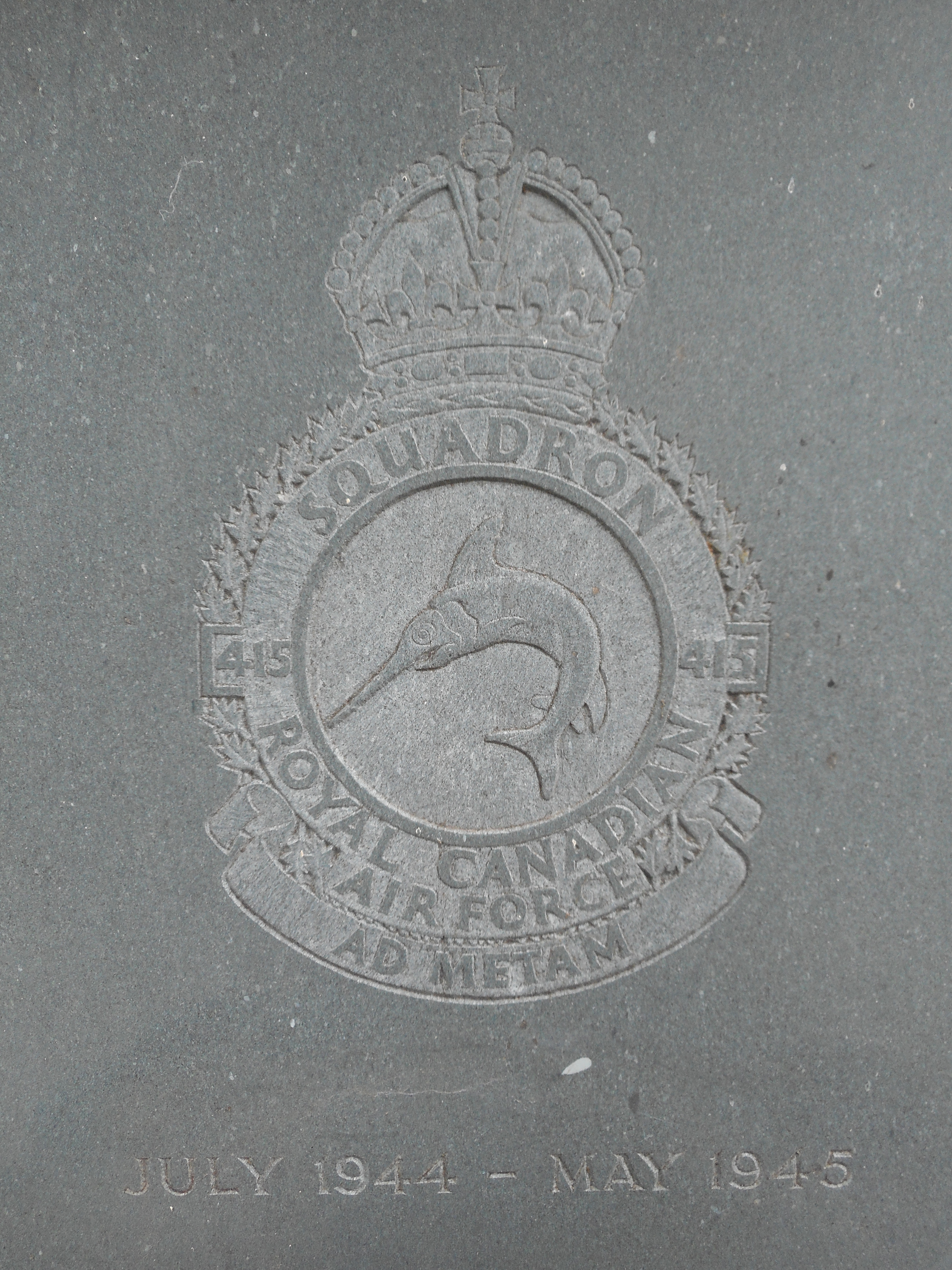Giles, James Reginald
Personal Information
Aircraft Information
| Aircraft | Handley Page Halifax VII |
| Serial Number | NP688 |
| Markings | QO-X |
Memorial Information
| Burial/Memorial Country | France |
| Burial/Memorial Place | Breteniere Churchyard |
| Grave Reference | Coll. grave 1. |
| Epitaph |
IBCC Memorial Information
| Phase | 2 |
| Panel Number | 169 |
Enlistment Information
| Service Number | J190930 |
| Service | Royal Canadian Air Force |
| Group | 6 |
| Squadron | 432 (Leaside) |
| Squadron Motto | Saeviter ad lucem (Ferociously towards the light) |
| Trade | Air Gunner |
| Country of Origin | Canada |
Other Memorials
| Location | Giles Creek, Saskatchewan |
| Country | Canada |
| Memorial Type | Creek |
| Memorial Text |
| Location | Village Centre, Sutton on the Forest, North Yorkshire |
| Country | United Kingdom |
| Memorial Type | Inscribed Stone & Metal Sun Dial |
| Memorial Text | A memorial to all those who served at RAF East Moor and in particular 415 Sqn RCAF |
Commonwealth War Graves Commission
The National Archives
| Record of Events (Operational Record Book) AIR 27/1860/30 |
| Summary of Events (Operational Record Book) AIR 27/1860/29 |
Fellow Servicemen
Please note that this list gives all the losses aboard the quoted aircraft and occasionally these may have occurred on an earlier date when the aircraft was not itself lost. Please check the dates of death carefully.
Last Operation Information
| Start Date | 25-07-1944 |
| End Date | 26-07-1944 |
| Takeoff Station | East Moor |
| Day/Night Raid | Night (28% moon) |
| Operation | Stuttgart. 550 aircraft in the second of three large raids in a five-night window.12 aircraft lost (2.2%). |
| Reason for Loss | Crashed at Breteniere, SE of Dijon, France |

